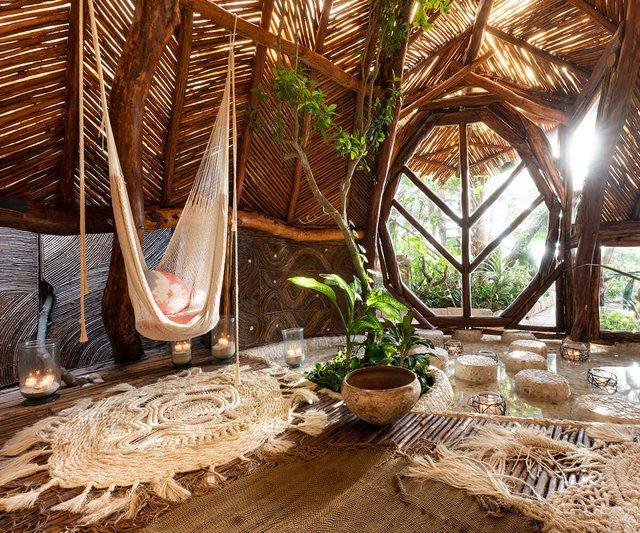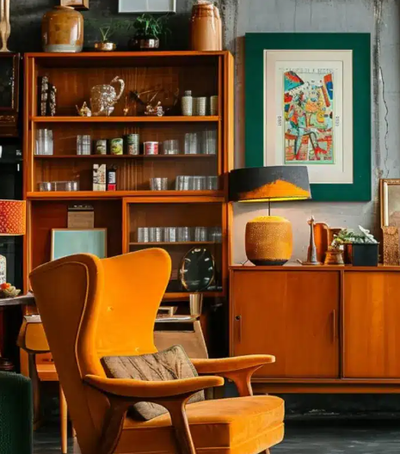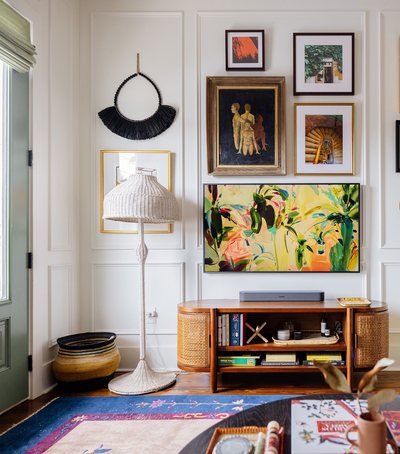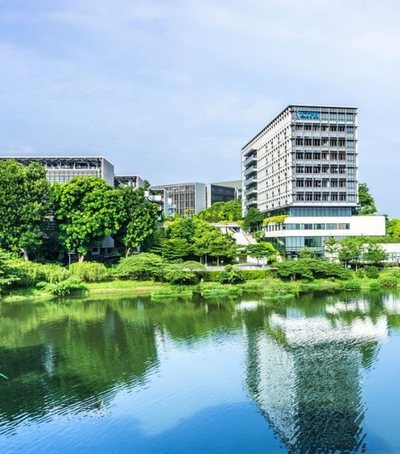
In the search for smarter, more efficient, and more sustainable solutions, designers are turning to a mentor who has proven successful for millions of years: nature. Biomimicry — the art of imitating the processes, structures, and principles of nature — is becoming an inexhaustible source of inspiration for the most innovative products, systems, and materials of our time.
1. What is biomimicry?
Biomimicry is the imitation of nature's patterns, systems, and strategies to solve human problems in sustainable ways.
It's not just visual copying — it's a deep understanding of how nature works and adapts.
2. Great examples of biomimicry in design
Velcro
Inspired by the way seeds stick to animal fur.
Airplane stairs
Bird wing designs were used to improve aerodynamics.
The facade of the Eastgate Centre building in Zimbabwe
Designed based on termite nests to regulate temperature without using air conditioners.
Self-cleaning materials
Inspired by lotus leaves that repel water and dirt.
3. How biomimicry is influencing modern products and materials
Smart materials
Fibers that change color like chameleons; surfaces that repair themselves like animal skin.
Architecture and urban planning
Buildings that manage heat, water and light naturally.
Transport and energy
More aerodynamic vehicles and energy systems that mimic natural networks for maximum efficiency.
4. Why biomimicry is the future of design
ENDURANCE
Nature creates no waste; everything is reused—a model for modern production.
High efficiency
Natural solutions are optimized by millions of years of evolution.
Creativity without borders
By following nature, designers break away from traditional models and create solutions never seen before.
Nature is the greatest engineer we know. By studying and imitating its wonders, modern design becomes not only more innovative, but also more respectful of the planet. In the future, human creativity and the wisdom of nature will not be separate — they will walk hand in hand towards a smarter and more sustainable world.





